Meta Description: Explore how music has evolved over centuries—from the elegance of classical compositions to the powerful rhythm of hip-hop. A journey through time, culture, and sound.
1. The Birth of Classical Music
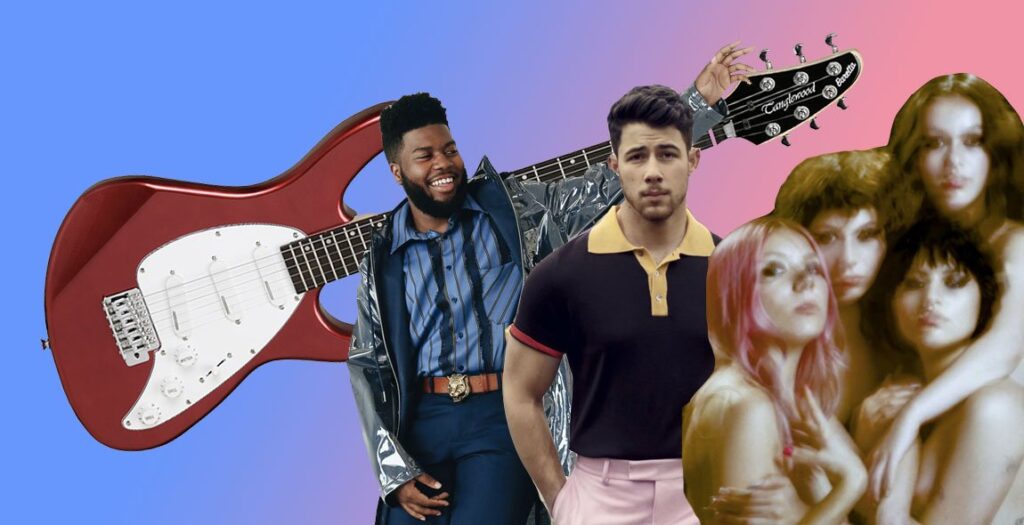
The roots of music trace back to classical compositions from composers like Mozart, Beethoven, and Bach. With symphonies, sonatas, and operas, classical music focused on structure, emotion, and harmony, forming the foundation of Western musical theory.
2. The Emergence of Jazz
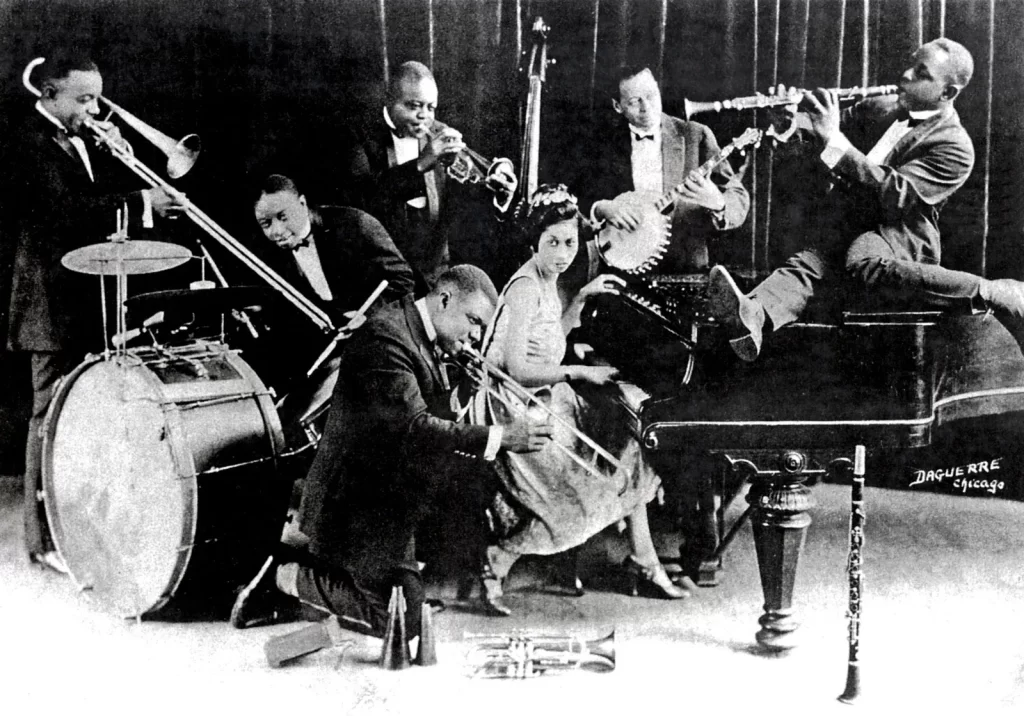
In the early 20th century, jazz brought improvisation and soul to the forefront. Rooted in African American culture, jazz revolutionized music with its swing rhythms, blues scales, and expressive instrumentation, paving the way for modern genres.
3. The Rise of Blues and Its Emotional Depth
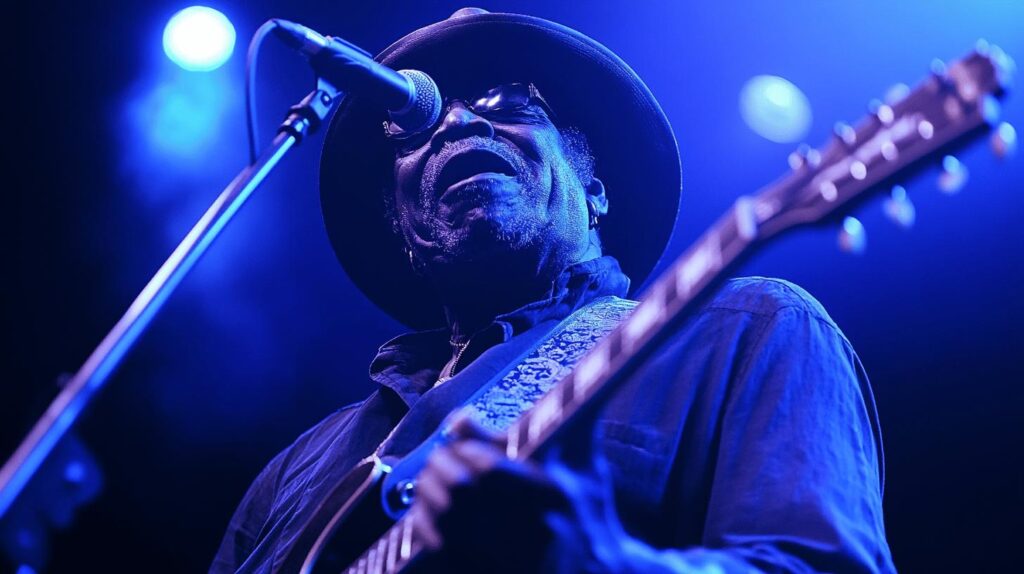
Blues music expressed sorrow, resilience, and everyday struggles. It gave rise to influential artists like B.B. King and Muddy Waters and directly inspired the development of rock, soul, and R&B. Its deep emotional impact still resonates in today’s music.
4. Rock and Roll: The Revolution Begins
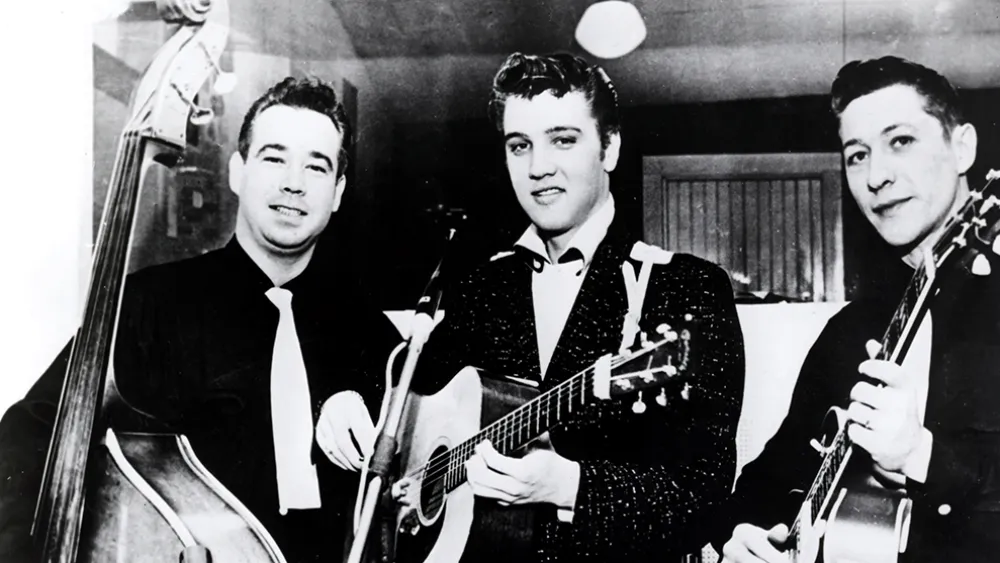
The 1950s witnessed a musical explosion with rock and roll. Artists like Elvis Presley and Chuck Berry turned music into a rebellious, energetic force that spoke to youth. Electric guitars and catchy hooks became global symbols of freedom and identity.
5. The Psychedelic and Progressive Rock Era

In the ’60s and ’70s, rock evolved into psychedelic and progressive forms. Bands like Pink Floyd, The Beatles, and Led Zeppelin experimented with sound and visuals, expanding the boundaries of what music could be—philosophical, surreal, and immersive.
6. Pop Music Takes Over the Mainstream
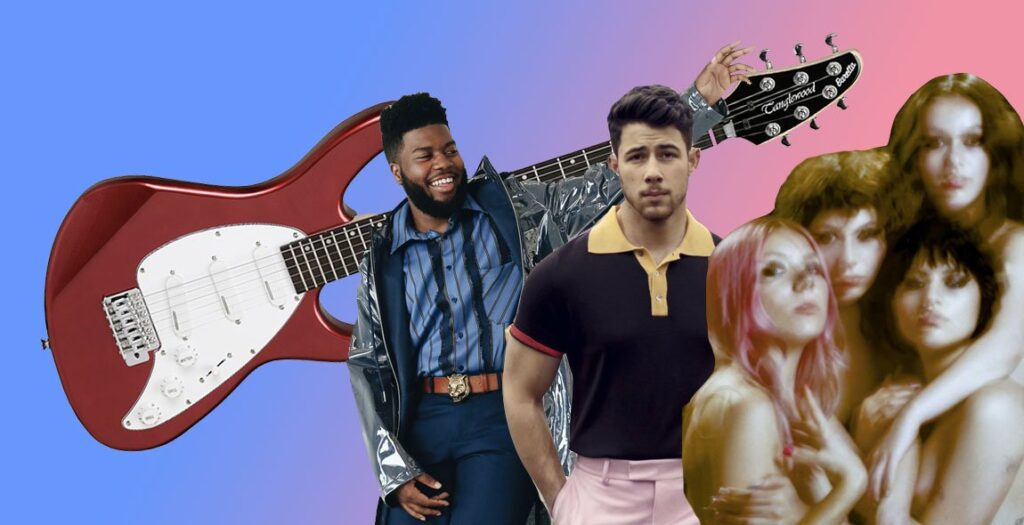
Pop music became the dominant force by the 1980s and 90s. Artists like Michael Jackson, Madonna, and later Britney Spears combined catchy melodies, visual appeal, and global marketing to make music universally accessible and influential.
7. The Power of Electronic Music

Electronic music emerged in underground clubs and raves before going mainstream. Genres like EDM, house, and techno use synthesizers, loops, and beats to create immersive soundscapes. Artists like Daft Punk and Calvin Harris redefined how music is made and consumed.
8. The Birth and Rise of Hip-Hop
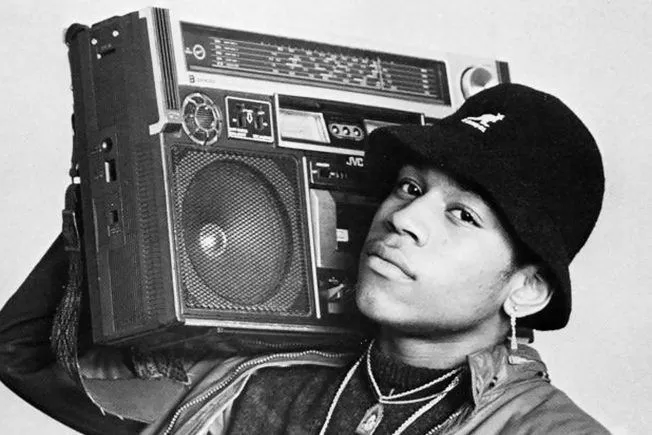
Born in the Bronx in the 1970s, hip-hop became a global movement. With elements like rap, DJing, and breakdancing, it offered a voice to marginalized communities. Today, artists like Kendrick Lamar and Drake continue to elevate music as a tool for storytelling and activism.
9. Music Streaming and Global Accessibility

The digital era changed how we access music. Platforms like Spotify and Apple Music allow users to explore every genre instantly. From K-pop to reggaeton, streaming has made global music diversity accessible to everyone, anytime, anywhere.
10. Fusion and Genre-Bending Trends

Today’s artists often blend genres, reflecting a world where boundaries are increasingly blurred. Artists like Billie Eilish, Post Malone, and Rosalia mix pop, rock, trap, and Latin influences, proving that music is constantly evolving, just like its listeners.
Final Thoughts
From ancient symphonies to digital beats, music tells the story of human emotion, technology, and culture. Each era brought innovation and expression, shaping how we connect with sound and with each other. The journey continues, and the next genre might already be playing.
Tags: music, music evolution, hip-hop, classical music, jazz, rock, pop, electronic, streaming
